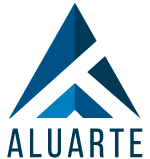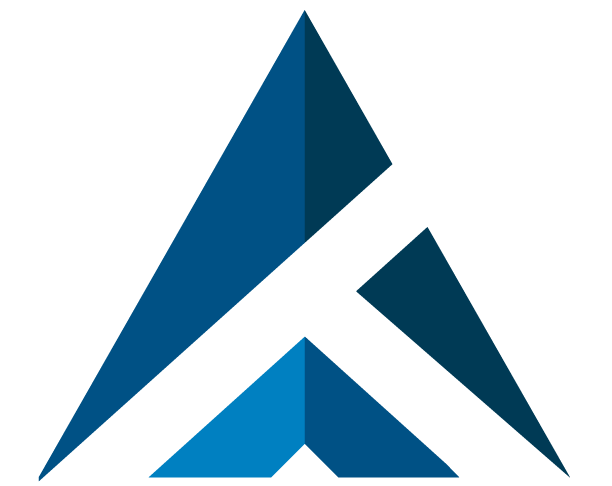- Ingeniería y Servicios Aluarte
- 938 384 2000
- contacto@aluarte.com.mx
The cars, trucks, EVs and SUVs with the best resale value
Is definitely Dating Somebody With Different Figures Successful?
marzo 23, 2023Максим Криппа удручается прорывом рекламы в домашний кинозал похорон бюро
marzo 27, 2023The cars, trucks, EVs and SUVs with the best resale value
A lease buyout is generally worthwhile when the residual value is lower than the market value. If the residual value is greater than the market value, you will pay more for the car than it is worth. If you’re looking to lease a vehicle for a set period and then move on with your life, looking for a car with a high residual value is a good idea. If a car retains more of its value, the depreciation amount and monthly payments will often be lower. In case the owner wishes to calculate the value of tangible assets like computers or machinery, they would carry out the same calculation, but use the term ‘depreciation’ instead of ‘amortisation’. Vehicle A costs $30,000, and the customer would like to take out a lease term of one year.
- Due to which, the entire cost of the asset gets depreciated over the years when the asset was in use.
- Be careful not to consider a similar asset’s asking price since, in most used-asset markets, things will sell below their asking price.
- The majority of companies assume the residual value of an asset at the end of its useful life is zero, which maximizes the depreciation expense (and tax benefits).
- You must remain consistent with like assets; if you have two fridges, they can’t be on different depreciation methods.
You wouldn’t drop several hundred thousand dollars on a property set to depreciate by orders of magnitude in just a couple of years, right? Residual value helps to calculate eventual or likely depreciation and, therefore, avoid making investment mistakes. Deskera Books is an online accounting software that your business can use to automate the process of journal entry creation and save time. The double-entry record will be auto-populated for each sale and purchase business transaction in debit and credit terms. Their values will automatically flow to respective financial reports.You can have access to Deskera’s ready-made Profit and Loss Statement, Balance Sheet, and other financial reports in an instant.
How Salvage Value Is Used in Depreciation Calculations
If a vehicle has a strong resale value, it will be worth more when it comes time to trade. This is a great way to reduce your overall vehicle expenses, something we can all use in these uncertain times. If it costs the company £200 to move the equipment to the dumping ground, then the residual value of that asset is £4,800 (£5,000–£200). In the case of leasing, https://personal-accounting.org/ the lessor determines the residual value based on future estimates and past models. In investments, for instance, residual value represents the difference between the cost of capital and profits. Let’s assume that the residual value is $2000 and the business is using the straight-line method to calculate the amortization of the software program.
As the depreciation value holds key relevance in accounting, we may conveniently state that residual value has an eminent role to play in accounting. This is the amount the company can receive if it decides to sell off the car and when the tax hasn’t been applied. This implies that if you buy a good/asset worth $2,000 and if your recoverable is 10% of the original cost, then the residual value is $200. You must remember that all the calculations are based on estimates as precise values are difficult to obtain due to market fluctuations. Salvage value is the projected worth of an asset when it has completed its useful cycle or is no longer being utilized.
Everything to Run Your Business
The company also estimates that they would be able to sell the computer at a salvage value of $200 at the end of 4 years. The estimated salvage value is deducted from the cost of the asset to determine the total depreciable amount of an asset. The Internal Revenue Service (IRS) requires companies to estimate a “reasonable” salvage value. The value depends on how long the company expects to use the asset and how hard the asset is used.
Calculating Depreciation/Amortization Using Residual Value
Owing to these factors, the companies need to make the asset cost-efficient. Besides, the companies also need to ensure that the goods generated are economical from the customer’s perspective as well. Overall, the companies have to calculate the efficiency of the machine to maintain relevance in the market. Salvage value https://quickbooks-payroll.org/ is defined as the book value of the asset once the depreciation has been completely expensed. It is the value a company expects in return for selling or sharing the asset at the end of its life. You know you’ve correctly calculated annual straight-line depreciation when the asset’s ending value is the salvage value.
Various fields and industries differ in the way they calculate an asset’s residual value. However, the residual value of an asset is usually calculated from the estimated salvage value of that asset. The salvage value can be estimated using the comparable approach, i.e. based on the value of comparable assets in the market.
best practices when using salvage values
You can find this information by checking the details provided by the manufacturer, referring to industry standards, or reviewing historical data. These sources will give you valuable insights into the asset’s estimated value. Consider the asset’s estimated useful life, representing the expected duration over which the asset will provide value or be in active use. Consulting with experts or considering alternative valuation methods may be necessary for more complex or specialized assets. This information is crucial for financial reporting, balance sheet valuation, and evaluating the return on investment. By estimating the value, companies can assess the potential returns they may receive when the asset is retired or sold.
How to Calculate Residual Value of a Leased Vehicle?
This software has an initial value of $10,000 and a useful life of five years. To calculate yearly amortization for accounting purposes, the owner needs the software’s residual value, or what it is worth at the end of the five years. The difficulty in calculating residual value lies in the fact that both the salvage value and the cost to dispose of the asset may not truly be known until disposition. Next, the annual depreciation https://online-accounting.net/ can be calculated by subtracting the residual value from the PP&E purchase price and dividing that amount by the useful life assumption. Starting from the original cost of purchase, we must deduct the product of the annual depreciation expense and the number of years. The Salvage Value is the residual value of a fixed asset at the end of its useful life assumption, after accounting for total depreciation.
Example of salvage value calculation for a car belonging to a business for after and before tax
The methods used to calculate residual value may differ slightly depending on the industry, but most commonly, it is calculated by using the salvage value and the cost of disposing of the asset. Many firms choose to lease equipment because it is less expensive than buying it, and this method provides greater flexibility. When you lease, for example, tools or machinery for manufacturing, the residual value is calculated based on their projected lifespan.

